Fertilize a Magnolia: How, When and How Much? – Sow100
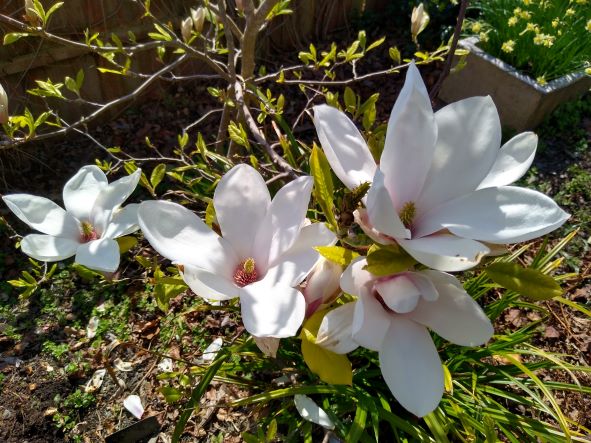
 Who would not be struck by a plant with bright green leaves and elegant flowers that also flood the environment with an exquisite perfume?
Who would not be struck by a plant with bright green leaves and elegant flowers that also flood the environment with an exquisite perfume?
Without a doubt, all this is what you can achieve if you decide to plant magnolias in your garden.
It is not a very easy task that we can say because the reality is that it is a fairly demanding species.
And one of the care that requires the most is the fertilizer for magnolias, how can you start it? Let’s see it below.
Why is it important to fertilize magnolias?
The main reason most growers get busy with magnolia composting is to get amazing blooms. These, which could reach up to 20 centimeters in diameter, will be greatly favored by the correct supply of nutrients during their growth.
The health of the plant is another point that you must take into account to promote an appropriate subscriber at the stage you should. This will help the magnolia to be able to resist the attack of pests and diseases, especially the first ones that are usually attracted by the exquisite aroma that it gives off.
How often should we fertilize magnolias?
 You will have to apply the magnolia fertilizer process during three seasons of the year: spring, summer and autumn.
You will have to apply the magnolia fertilizer process during three seasons of the year: spring, summer and autumn.
In the case of the beginning of spring and the final days of autumn, subscribers can work with them on a monthly basis.
But during the flower production phase, it is best to work with fortnightly fertilizations that will help in flower production.
What Nutrients Do Magnolias Need?
The essential nutrients in the sowing of magnolias are nitrogen (N), potassium (K) and phosphorus (P). In this species it is also essential that it contains an appropriate dose of magnesium (Mg).
Micronutrients will also be key to promoting proper tree growth and, more importantly, a good number of flowers.
What kind of fertilizers do magnolias need?
Magnolia trees are plants that appreciate acidic soils rich in organic matter that provide them with many nutrients. For this reason, homemade organic versions, such as manure, compost or earthworm humus, are ideal, since they not only nourish but also maintain the balance around the pH.
It is ideal that the contributions of this type of fertilizers be made on a regular basis, even if you use special fertilizers at another time. Speaking of them, specific fertilizers for flowering plants are a good idea in the case of magnolias because their mission is to help in the production process.
And, if you have the opportunity, the special fertilizers for magnolias will be the ones that provide exactly what they need to develop without problems in this matter.
You can access any of these in stores selling agricultural products, either in a physical version or online.
How do we prepare compost for magnolias?
 You will contribute organic matter based on those mentioned in the previous point, anticipating that they must be efficiently decomposed.
You will contribute organic matter based on those mentioned in the previous point, anticipating that they must be efficiently decomposed.
Although this affects a reduction in the level of nitrogen that they have in their original state (for example in the case of manure), it reduces the chances that it contains harmful microorganisms for the crop.
In the case of fertilizers for flowering plants or special for magnolias, the most normal thing is that they come in a liquid version to dilute.The most recommended thing is that you follow the instructions given by the manufacturer to the letter so that you provide just what is necessary.
If at any time you have doubts regarding this action because you have not done soil studies and you do not know the specific requirements of your magnolia, reduce concentration.
Later, depending on the response you see from the tree, you can increase it a little more, but without exceeding what is indicated on the packaging. Remember that in any case the doses must be adjusted to the particular conditions of each specimen, since a one-year-old magnolia will not need the same life as a 10-year-old one.
How do we detect if the magnolias need fertilizer?
- The main signs that the magnolia is asking for a nutritional contribution is evident in its structure. Take into account the following:
- The magnolia tree tends to grow at its own pace and that means it could be really slow growing for you. However, this is part of their very nature. Now, when you see that the growth rate is excessive and that it has barely increased a couple of centimeters in several months, perhaps it is that it needs a supply of nitrogen.
- Magnolia chlorosis can have different origins, for example iron deficiency. However, the most frequent reason for this situation to occur is that the tree has been established in a poor, calcareous or basic pH substrate.
- After the winter has passed, the magnolias will need support to return to their normal state, especially in those species that are deciduous. Therefore, they will need a composting application.
- If the magnolia has been attacked by pests or diseases, especially if the latter were due to fungi, a supply of nutrients will help it overcome the attacks it suffered after these moments.
In magnolias it can be very useful to use the mulch technique because it promotes that the nutrients remain protected so that they can be used by the plant. This is also beneficial in the case of irrigation and the loss of water that usually occurs due to evaporation issues.
In any case, you should know that magnolias require a good level of humidity in the substrate and this implies a washing of it that causes loss of nutrients. For this reason, you cannot ignore this care, since otherwise the behavior of your plant will not be as favorable as you had imagined.
Bibliographic references
- Metabolome variation and alkaloidal composition in Magnolia grandiflora (MAGNOLIACEAE) from the Bogotá Savannah, AC Ravagli Castillo – 2017 – repository.unimilitar.edu.co
- Biological activity of Azadirachta indica, Juglans regia, Tecoma stans, Magnolia grandiflora and its application in formulations based on biopolymers. , AZ Martínez Báez – 2018 – eprints.uanl.mx
- Salinity in ornamental crops, J Betrán Aso, R Aragüés Lafarga – 1990 – citarea.cita-aragon.es
- Organic Fertilizer, R PERDOMO – clubensayos.com

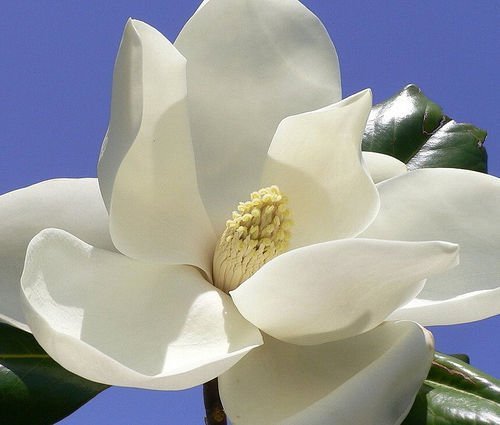
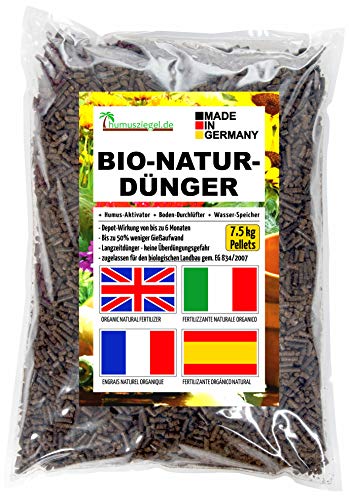
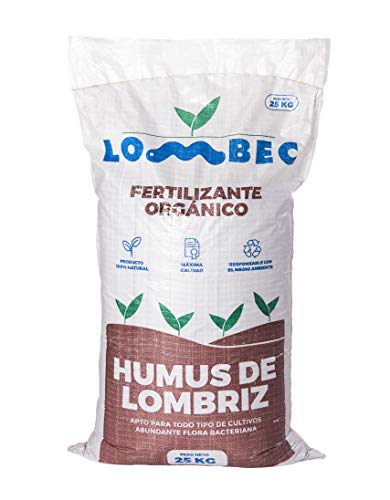

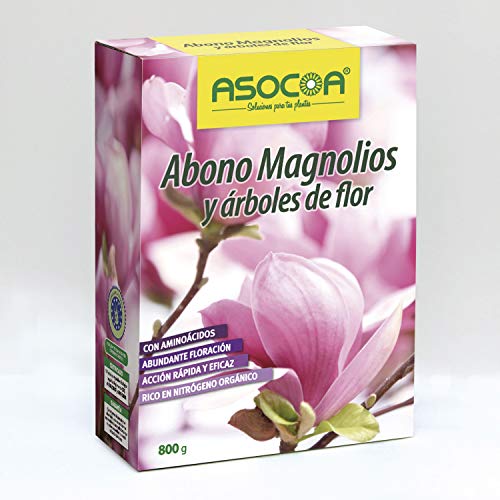
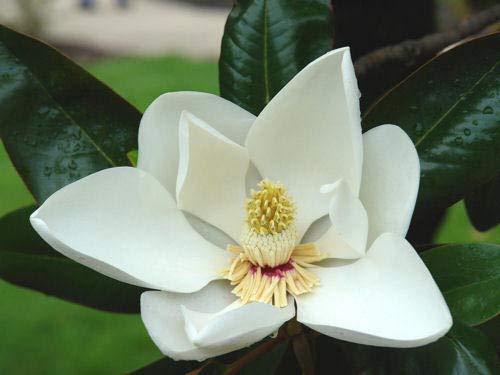
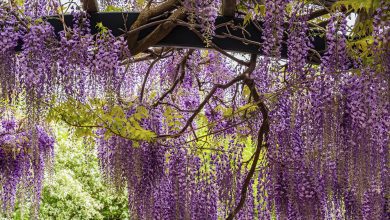
![Photo of Weevil: [Characteristics, Detection, Effects and Treatment]](https://www.complete-gardening.com/wp-content/uploads/2021/06/Que-es-el-picudo-390x220.jpg)
![Photo of Mushroom Cultivation: [Care, Sowing, Irrigation, Substrate and Pests]](https://www.complete-gardening.com/wp-content/uploads/2022/08/mushroom-cultivation-care-sowing-irrigation-substrate-and-pests-390x220.png)
